May 24, 2025 | 09:20 GMT +7
May 24, 2025 | 09:20 GMT +7
Hotline: 0913.378.918
May 24, 2025 | 09:20 GMT +7
Hotline: 0913.378.918
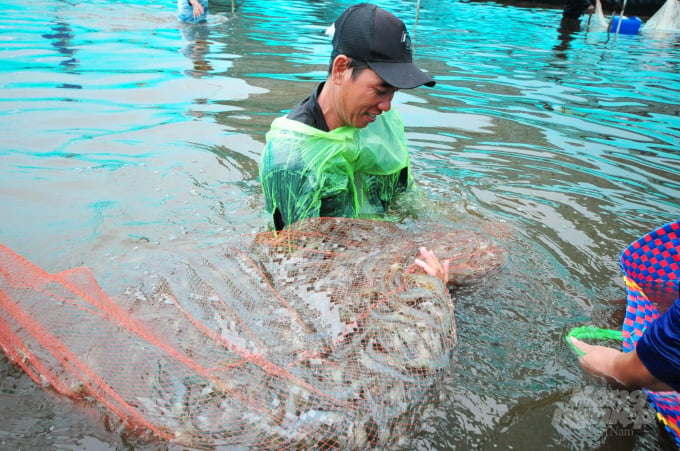
The price of farmed shrimp in Kien Giang has reincreased, specifically, the 30-shrimps-per-kilogram black tiger prawn is at VND 190,000/kg. Photo: Le Hoang Vu.
Ms. Nguyen Thi Giang, Deputy Director of the Department of Agriculture and Rural Development of Hau Giang province, said that the current situation of agricultural products connecting, transportation and consumption in the province has made great progress compared to when the application of Directive 16 began.
Some localities have established agricultural product consumption groups. For instance, Chau Thanh district has established a district-level group, and Chau Thanh A has established 6 commune-level groups. These groups have made connections to help farmers consume agricultural products, transport and make deliveríes at checkpoints. Other localities have instructed the Women's Union and Youth Union to help the harvest and transportation at checkpoints, facilitating traders’ purchases.
Many units in Hau Giang are also purchasing seafood products from farmers in large quantities to serve processing demands, notably Tan Phat Facility buying 1 ton of bronze featherback per day on average. From July 15 until now, the unit has purchased and helped consuming more than 33 tons of bronze featherback.
Similarly, Kim Ngoan Cooperative (Vi Thuy district) is also purchasing fishery products for farmers to process into spiced and boneless bronze featherbacks, make fresh fishcakes, and fresh seasoned eels as well as many types of dried fishes…
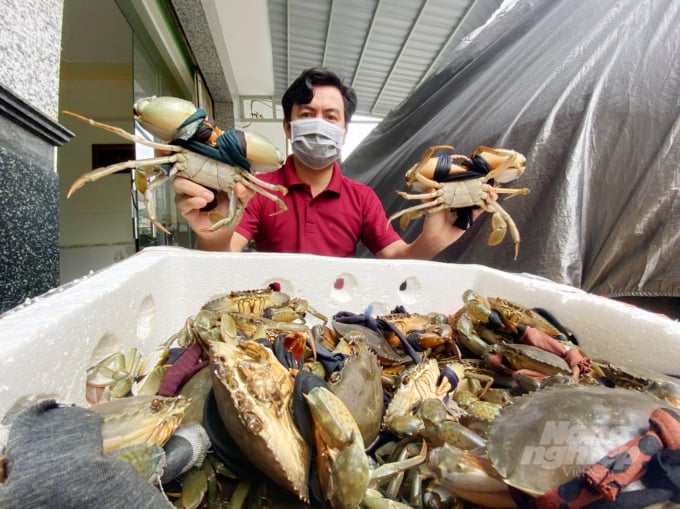
Sea crab price on Mekong Delta provinces’ markets has suddenly shown signs of a sharp increase in recent days. Photo: Le Hoang Vu.
Fishery product prices are also increasing again in Kien Giang thanks to many districts recognized as green zones after have applied the quarantine according to Directive 15 for nearly a week. Sea crab prices have increased by about VND 20,000 - 30,000/kg.
In order to help farmers consume agricultural and fishery products, the Center for Farmers Support and Vocational Education (Kien Giang Farmers Association) has connected and helped farmers sell nearly 180 tons of agricultural products and 30 tons of seafood of all kinds after almost 2 months of operation.
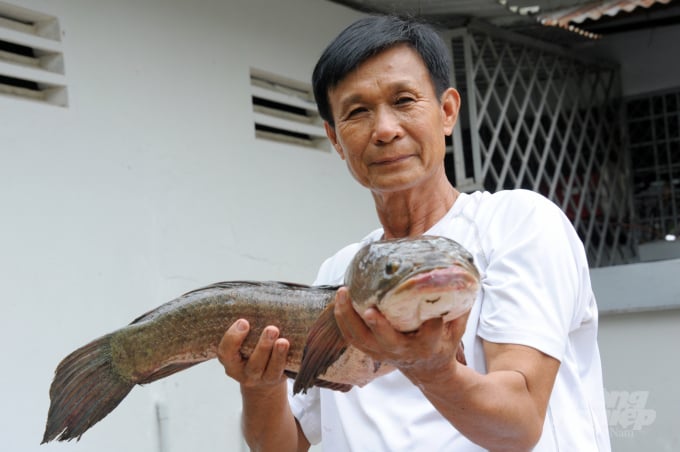
Many freshwater fishery products have had their prices slowly increased. Photo: Le Hoang Vu.
The price of wild-caught freshwater aquatic products in Can Tho city such as field snakehead fish and frog remains 2-3 times higher than that of cultivated ones.
According to Ms. Dang Thi Ngoc Phuong, a fish merchant at Thoi Lai market, Thoi Lai district, Can Tho city, the reason for such an increase in field fish price is due to the implementation of social distancing, there was no farmer to fish, leading to a shortage of goods while the consumer demand increased.
As of now, prices of farmed products such as frogs, eels, snakehead fish and giant freshwater prawns... have also increased slightly as soon as the provinces started loosening the quarantine, making the travel of farmers and traders more convenient and goods circulate easier.
As informed by Mr. Nguyen Tan Nhon, Deputy Director of Can Tho Department of Agriculture and Rural Development, Can Tho city has two main products: rice and pangasius. However, pangasius products, in particular, have a backlog of more than 38,500 tons at the moment, which have long reached harvest size but have to wait for processing factories to return to operation. It’s due to the fact that their operation is suspended for not meeting "3 on the spot" disease prevention criteria. Covid-19 vaccination for workers in factories implementing "3 on the spot" is only at 50% at present.
According to Mr. Nhon, from now until the end of the year, in order to remove difficulties for pangasius consumption, the agricultural sector will focus on guiding aquaculture establishments and households to actively maintain and promote production to ensure the supply of aquatic products for consumption and export demand at the end of the year without any disruption in the market.
Translated by Samuel Pham
/2025/05/22/5250-1-184853_288.jpg)
(VAN) According to a representative from the Central Retail Vietnam, Vietnamese products such as seafood, sweet potatoes, dragon fruit, coffee, and spices hold great potential in the Thai market.
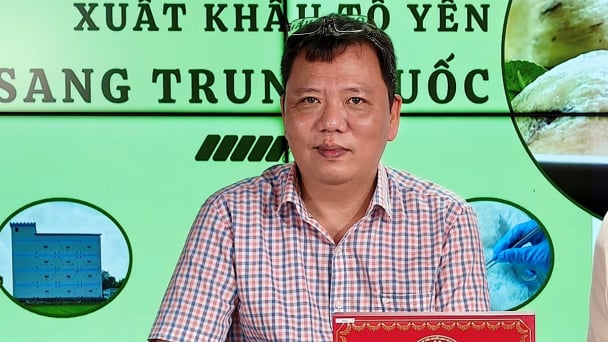
(VAN) A multi-channel, multi-directional strategy only works when the agricultural value chain meets global transparency and SPS standards.
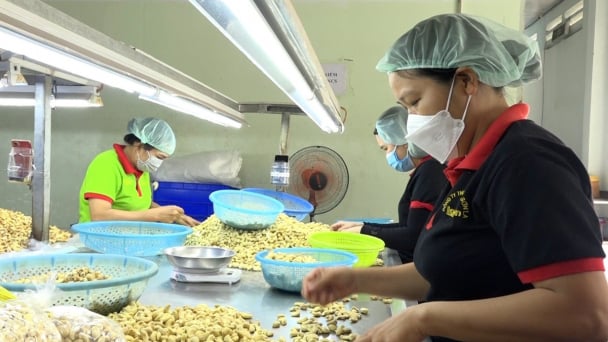
(VAN) Market expansion is a matter of survival for Vietnamese businesses amid fierce competition and global supply chain fluctuations.
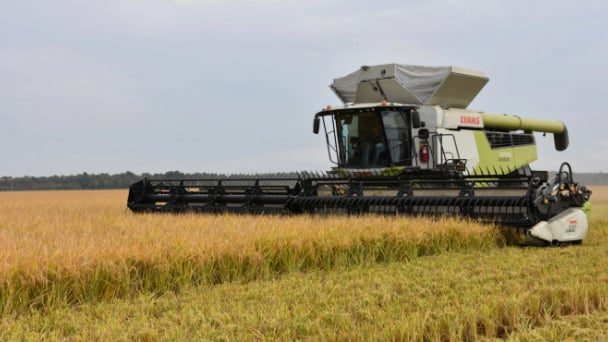
(VAN) Global market prospects for U.S. long-grain rice for the upcoming marketing year.
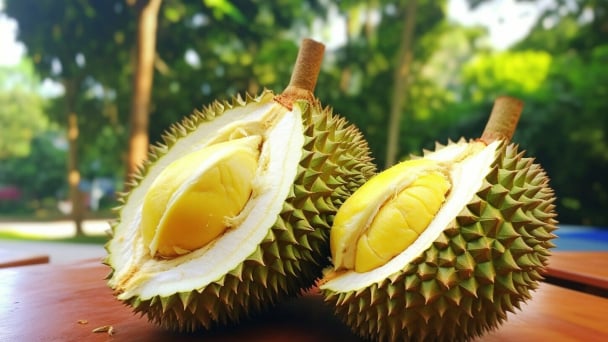
(VAN) China’s General Administration of Customs started permitting fresh durian shipments from Cambodia after a phytosanitary protocol was signed with the Cambodian Ministry of Agriculture in late April.
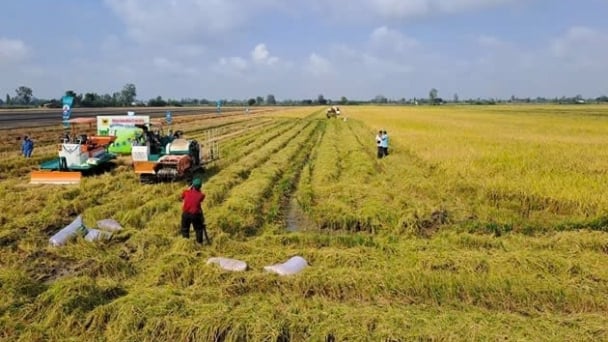
(VAN) To operate carbon market, one of the key issues is determining which types of 'commodities' meet the standards to be traded on the market.
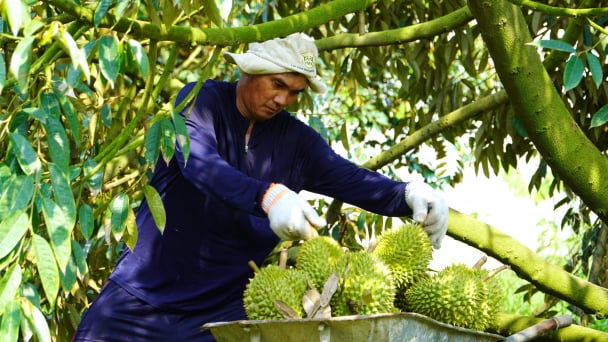
(VAN) Durian-producing localities need to coordinate more effectively with central authorities to improve the traceability, monitoring, and response systems in case of violations.